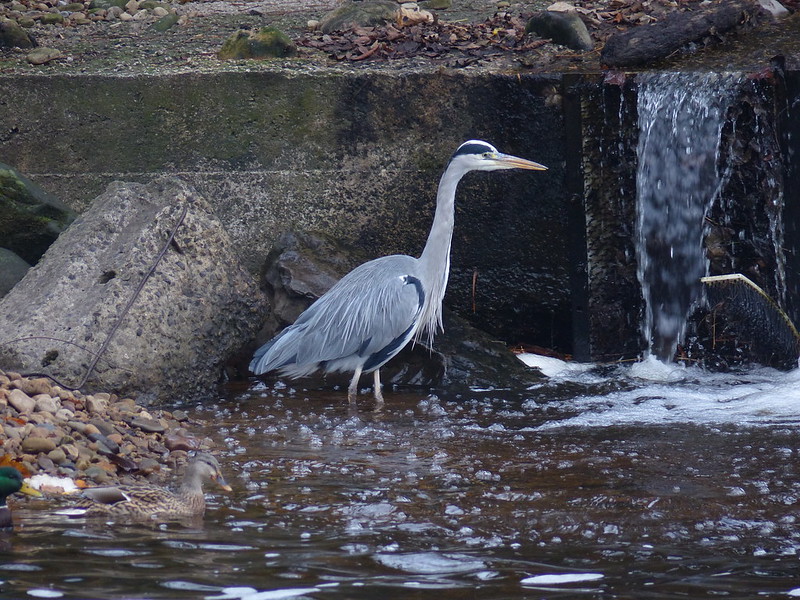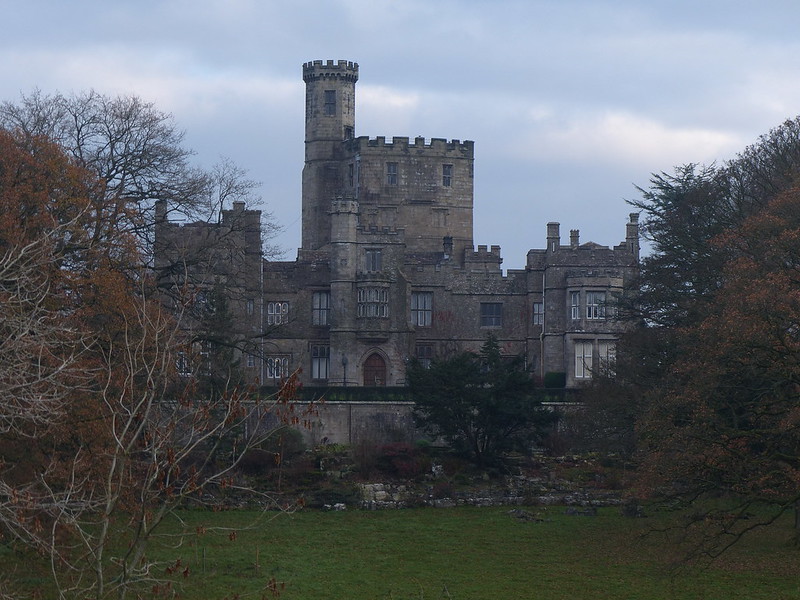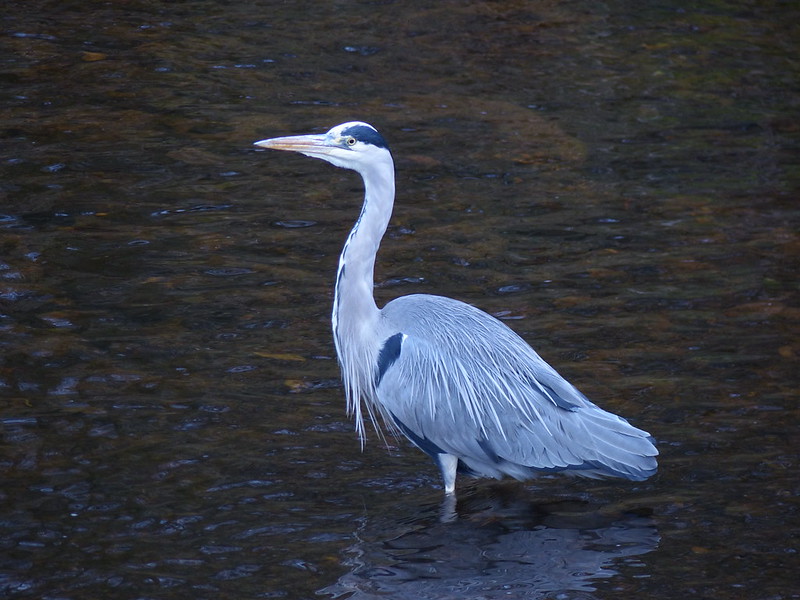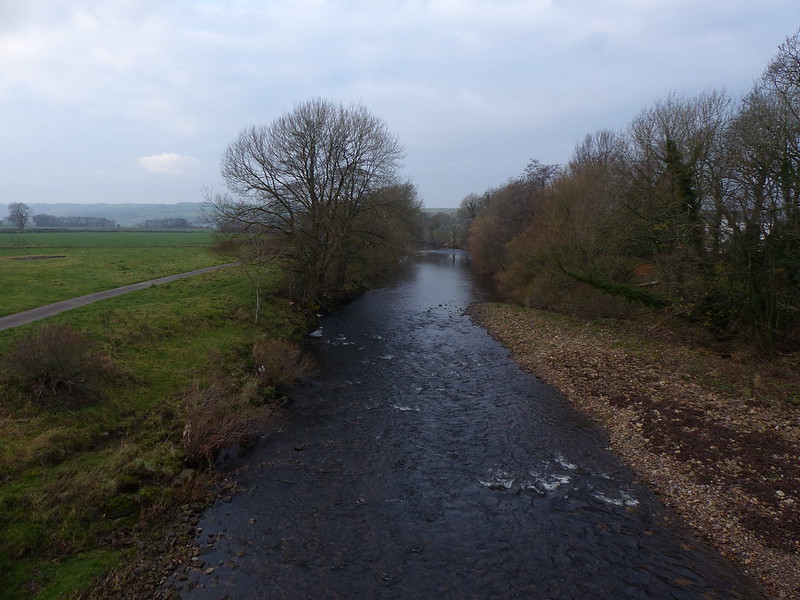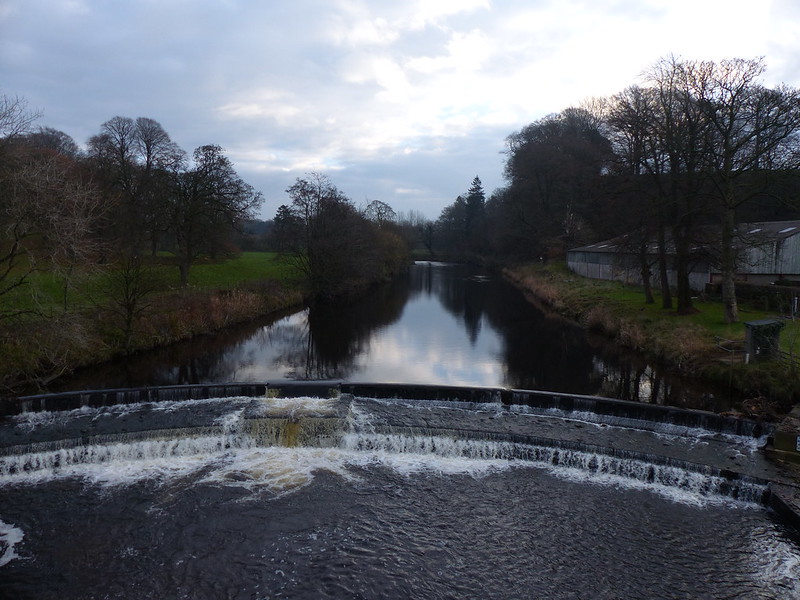
Tufted Vetch.
A warm and rather sultry mid-week evening. I parked near to the Punch Bowl in Low Bentham and have to admit that the tables lavishing in the sunshine outside the pub looked very tempting. But I had miles to go and photos to take, so – another time. Some of the first part of the climb out of the valley was on minor roads, which weren’t busy at all and anyway had the compensation of the diverse flora and fauna of the average untrimmed roadside verge.
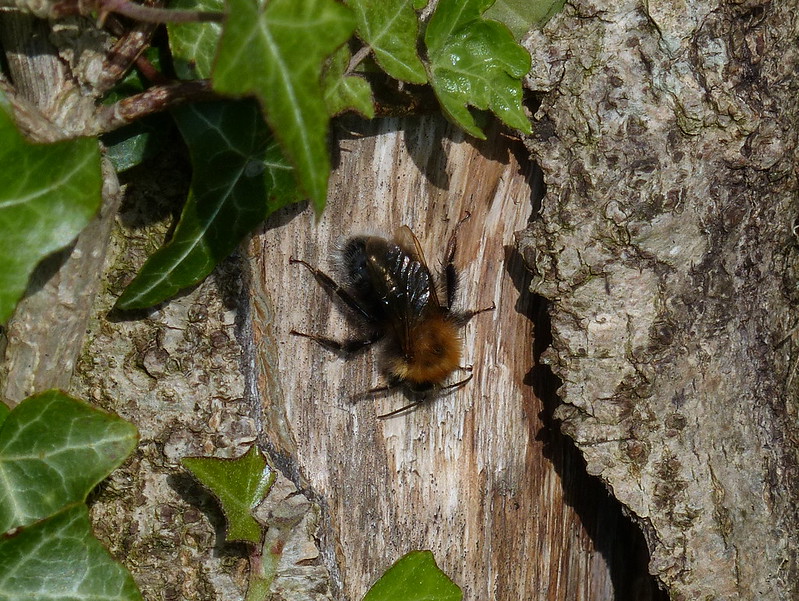
Tree Bumblebee.
This Bumblebee, unusually, didn’t seem to be intent on doing anything purposeful at all, just exploring this small bark-free area of a tree trunk and soaking up some rays. I wondered if the communal nest was somewhere nearby.

Dog Rose.

Beyond this hedgerow you can see Ingleborough, which was to dominate the view throughout almost the entire walk, but the reason I took the photo was the fact that the hedge here was draped in more webs.
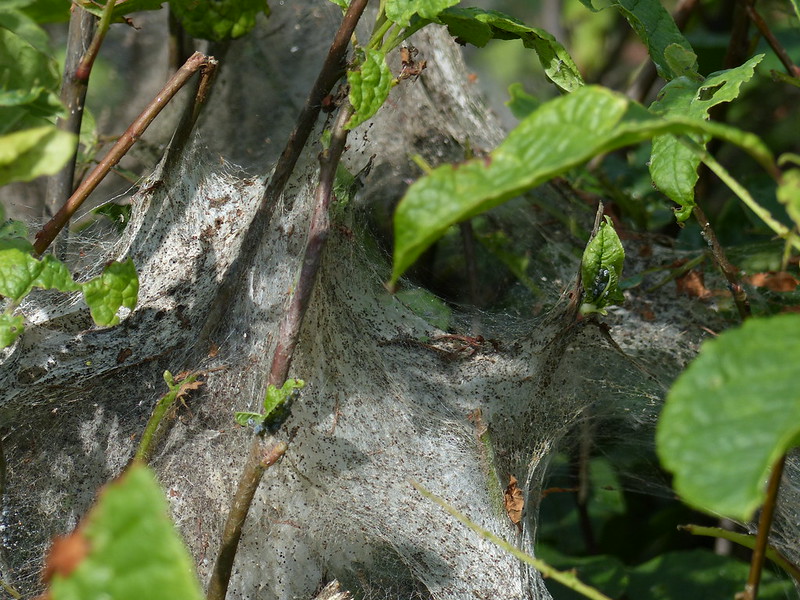
Tent moths again, I suspect, but I couldn’t see any caterpillars this time.
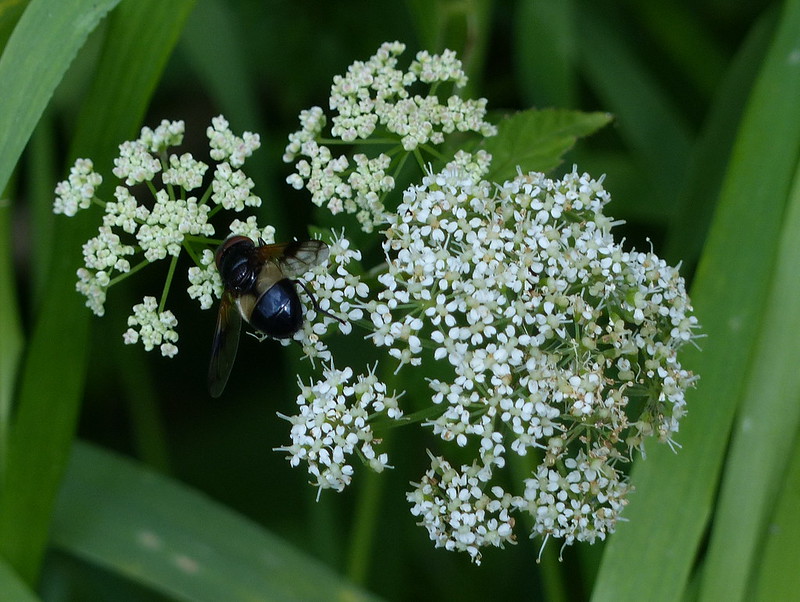
Volucella Pellucens on Ground Elder.

Drone Fly (or something similar).
I left Mill Lane, embarking on a section of the walk which passed through a series of pastures, some with stock, some without, some which had been grazed, some which hadn’t, at home the silage cut had begun, but not here.
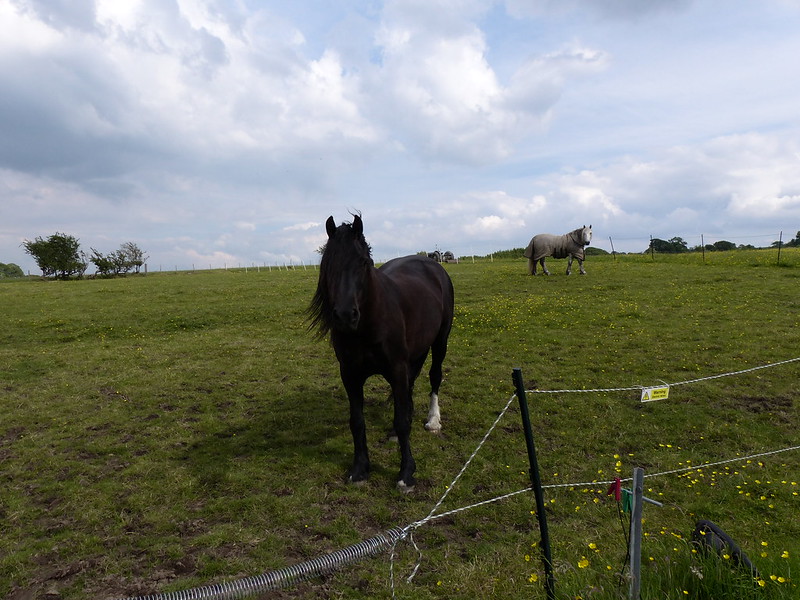

The White Clover in this field was thronged with bumblebees which seemed to favour it over the even more prolific buttercups.
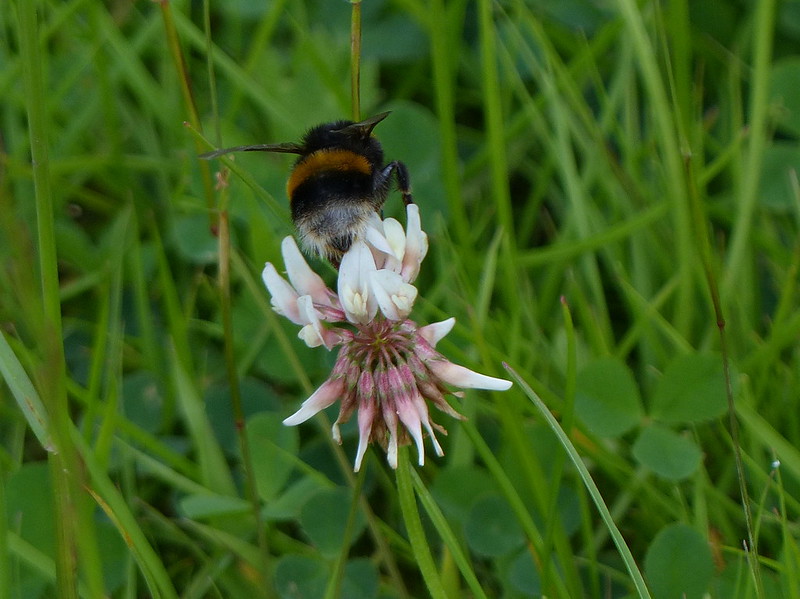
Bumblebee on White Clover.
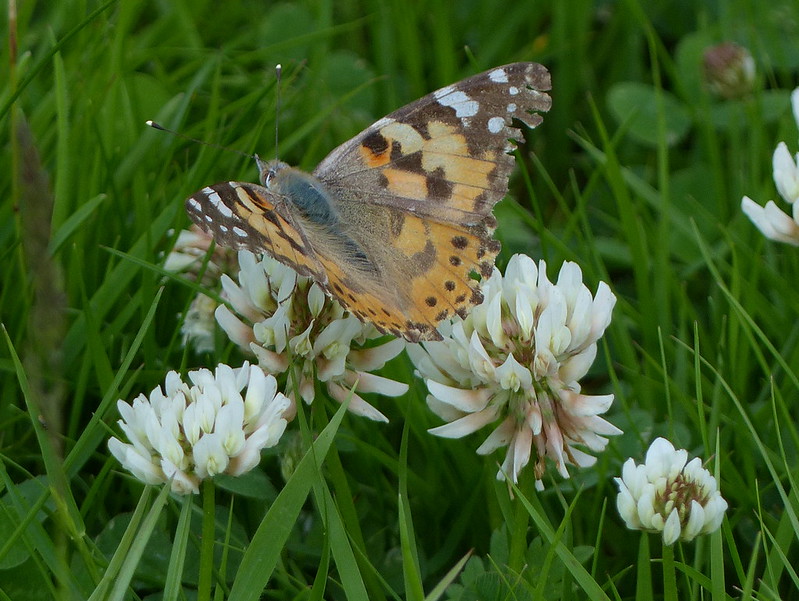
Painted lady.
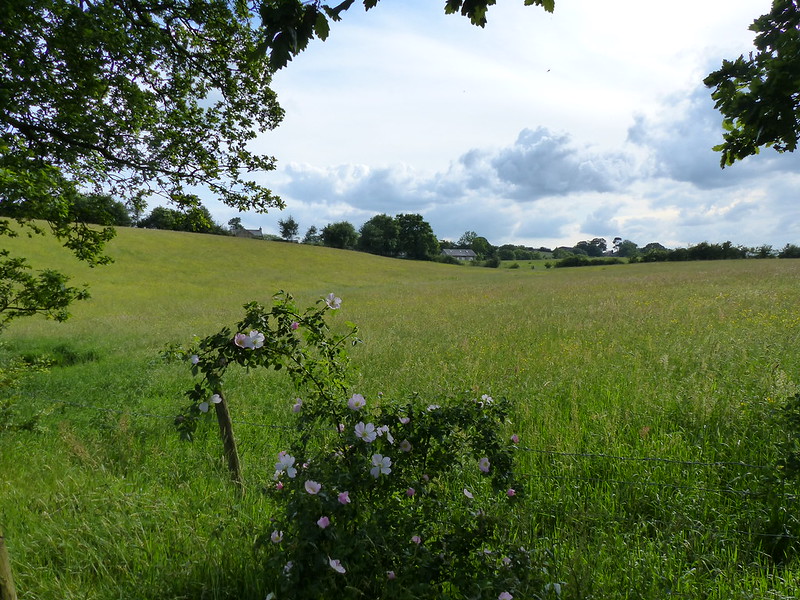
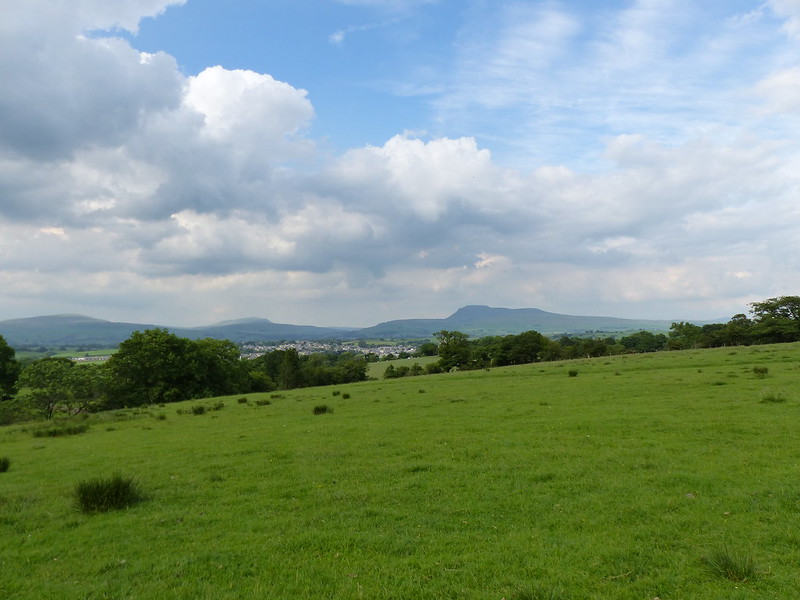
Gragareth, Whernside, Ingleborough.
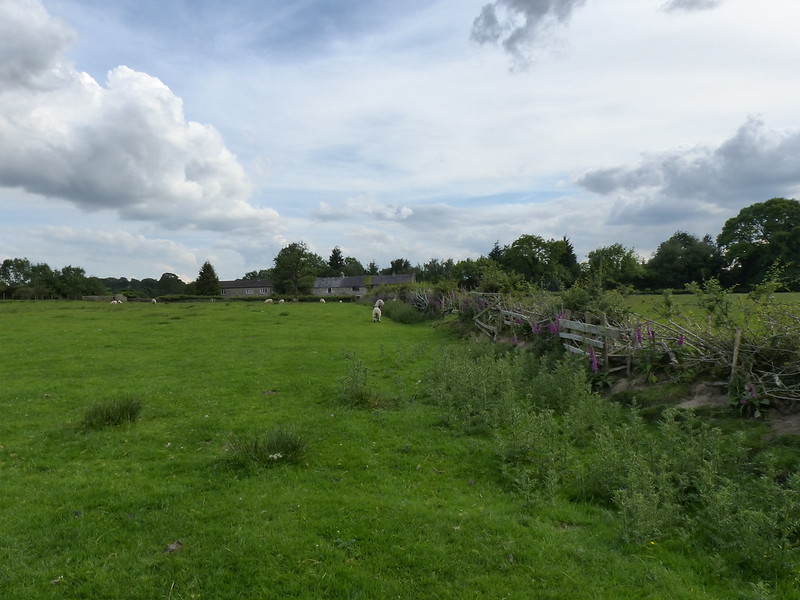
I’m reading John Wright’s book ‘A Natural History of the Hedgerow’ at present, and it is making me scrutinise hedges even more thoroughly then I generally would. On thhis walk, many of the ‘internal’ hedges I passed (i.e. between two fields rather than bordering a road) had grown out into separate shrubs and trees and were no longer stock-proof, requiring an accompanying fence. The one above however had recently been laid.
The building at the end of the hedge is Willow Tree, where I would cross a minor road and Eskew Beck in quick succession.
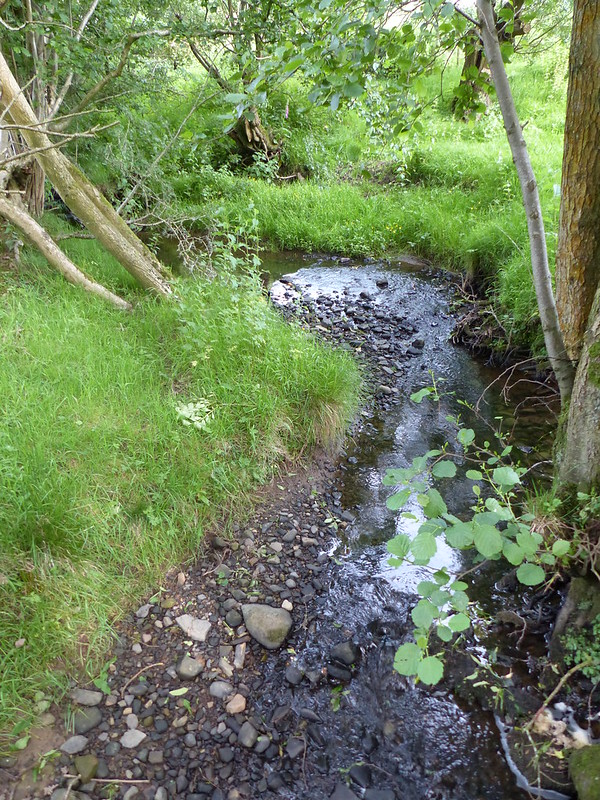
This hillside above the Weening is criss-crossed by a multitude of both paths and small streams and there’s plenty of scope for return visits with substantially different routes. Beyond the farm of Oakhead, I climbed beside the County Beck and then turned right onto an abrupt change of terrain. Suddenly I was on undrained moorland, wet underfoot and heavily populated with burbling Curlews…
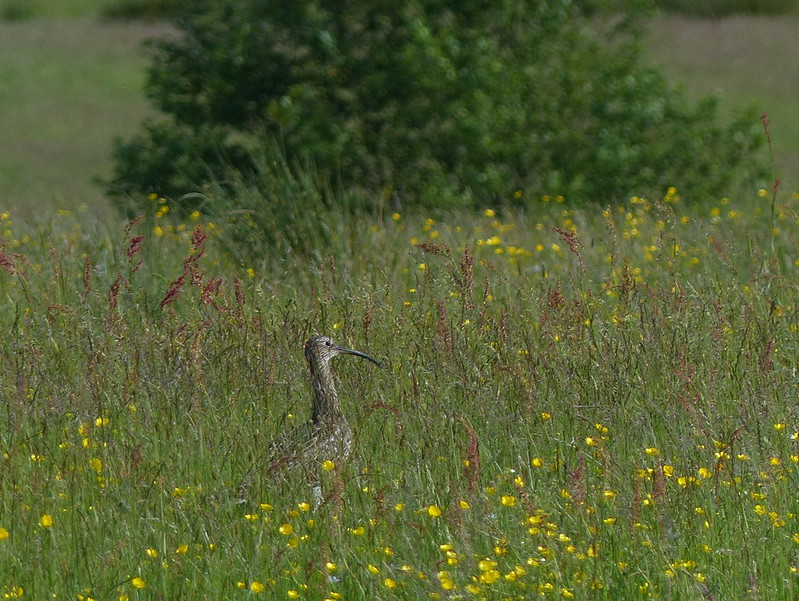
It was slightly odd, because uphill of the access area the land reverted to farmland – I wondered why this area had never been ‘improved’. Whatever the reason, I was glad it hadn’t.

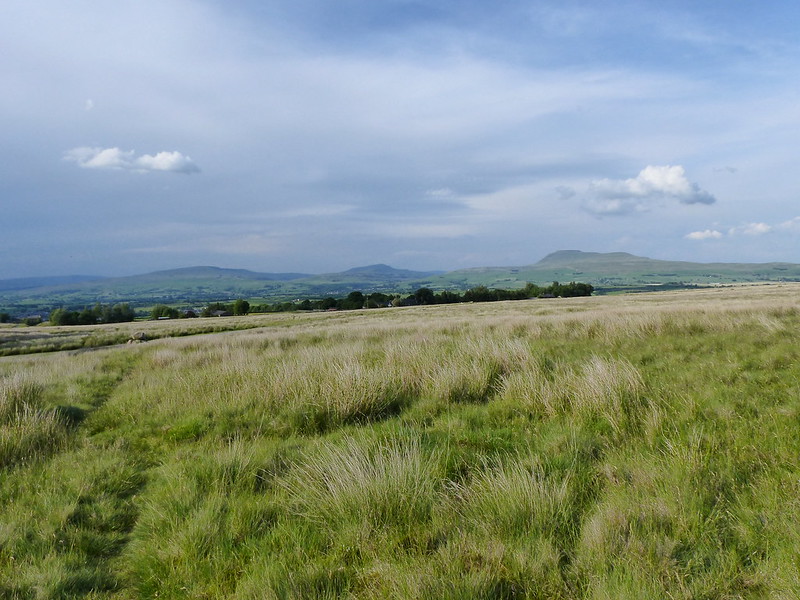
Gragareth, Whernside, Ingleborough. Again.
A short stroll across the moor brought me to…

…the Great Stone, a glacial erratic, or, alternatively, a bit of debris dropped by Old Nick when he was building Devil’s Bridge at nearby Kirkby Lonsdale. Incidentally, both the route, and that bit of local folklore are lifted from Graham Dugdale’s book ‘Curious Lancashire Walks’.
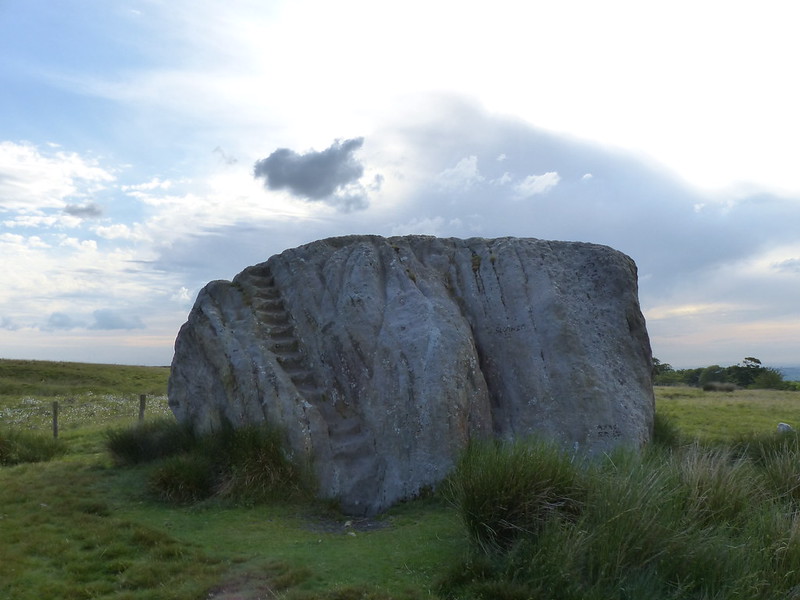
Somebody has carved steps in the boulder to give easy access to the top, so, having clambered up to admire the view, I settled down to get the stove on to make a brew, something I do far too infrequently on these evening rambles.
This has to be one of the best places from which to view all three of the Three Peaks…
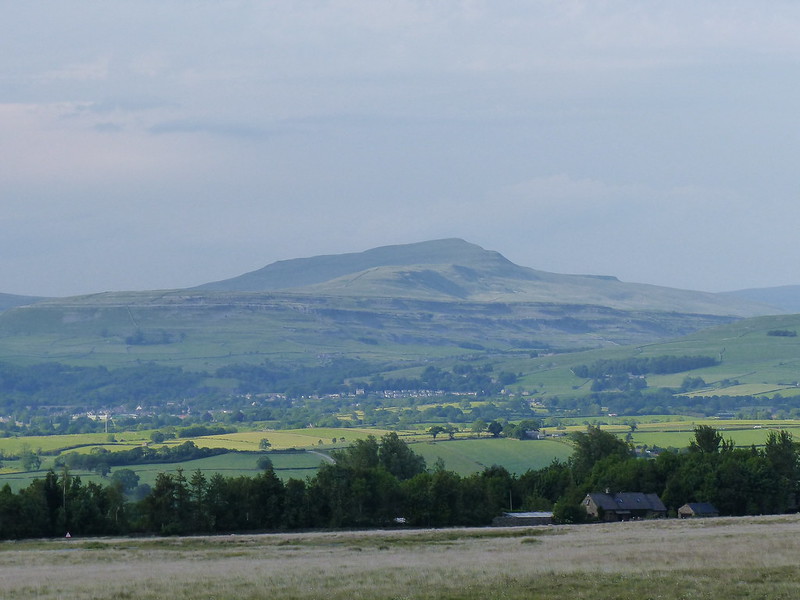
Whernside.
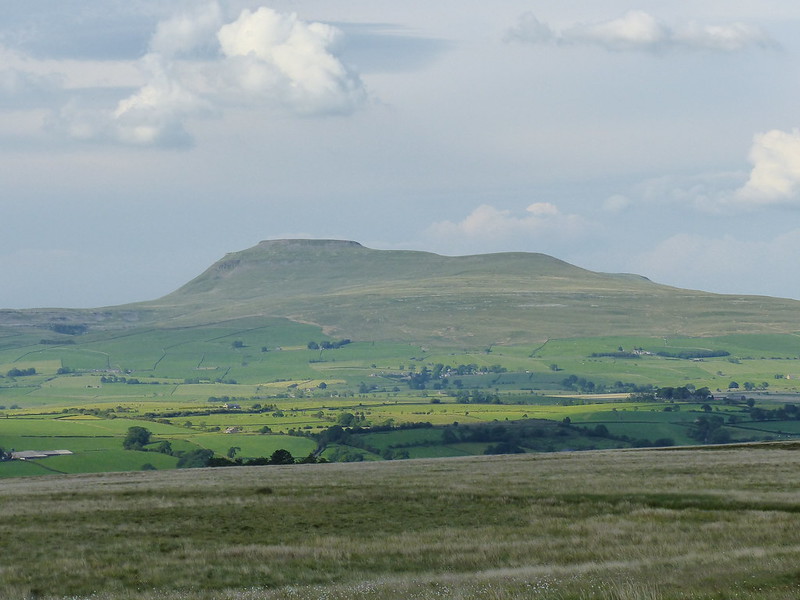
Ingleborough.
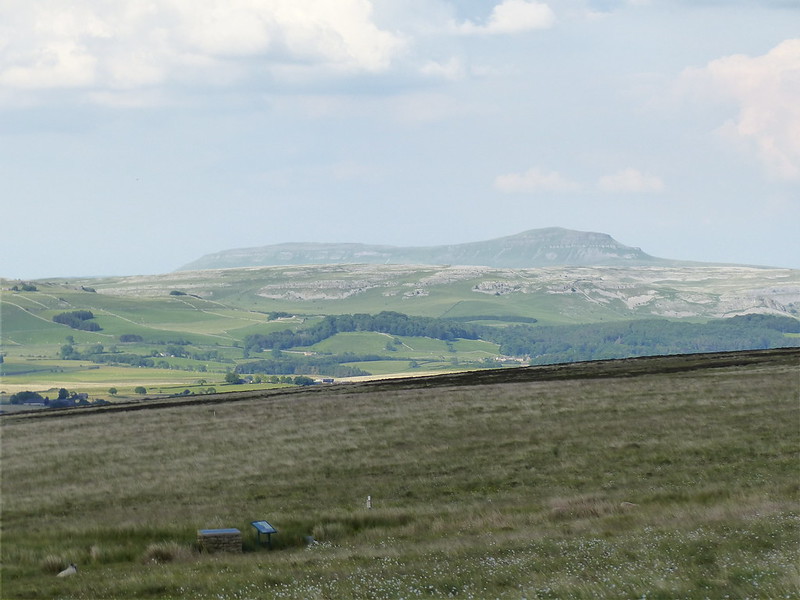
From there, I dropped down across more open moorland, crossing Burbles Gill…
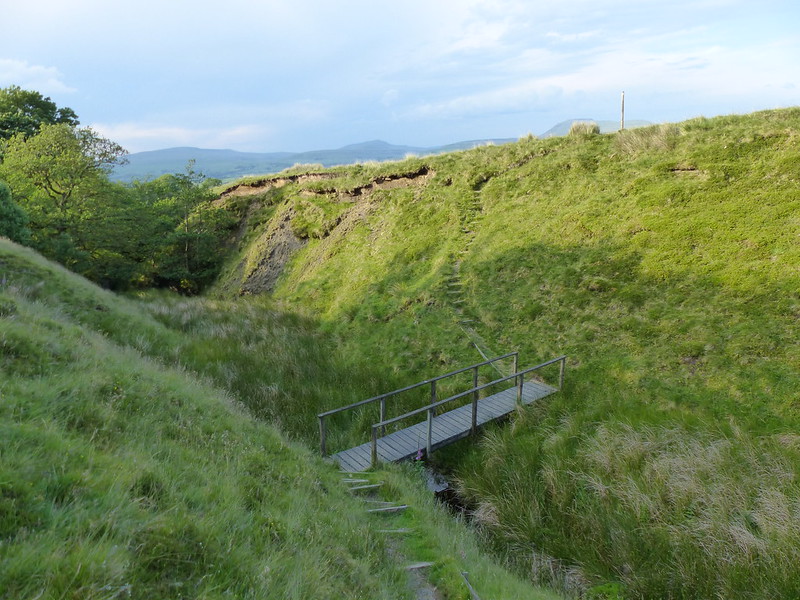
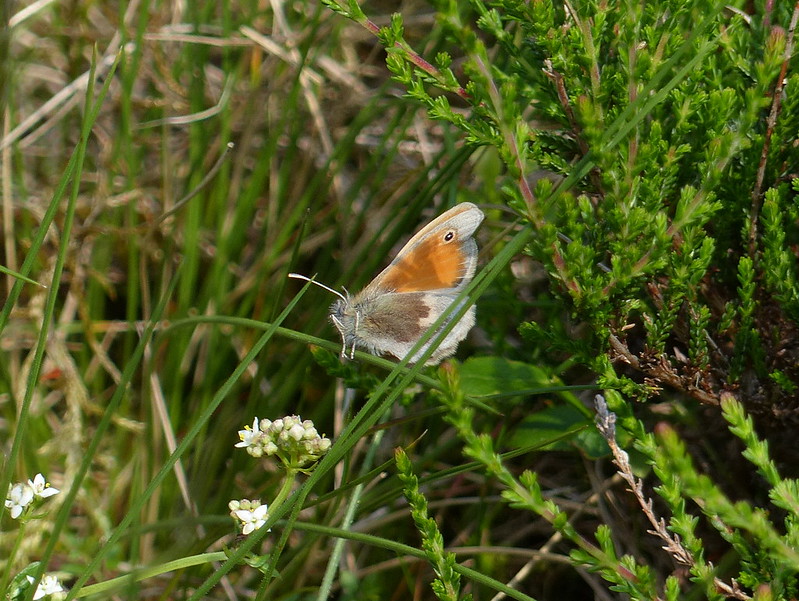
Small Heath.

I don’t think I’ve seen quite such a concentration of Curlews in one place before – even when I walked around Roeburndale earlier this year, they weren’t this numerous.

The walk along the wooded Branstone Beck was very pleasant. At one point I disturbed a whole family of Wrens. They all came streaming out of a small shrub, each little red-brown ball heading in a slightly different direction, it was like watching one of those cute fireworks which get set off in-between the really impressive ones. One of the Wrens, I presume a juvenile, didn’t go very far and sat in plain view for a while, whilst a parent sat on a nearby branch presumably exhorting her offspring to move away from the nasty man.
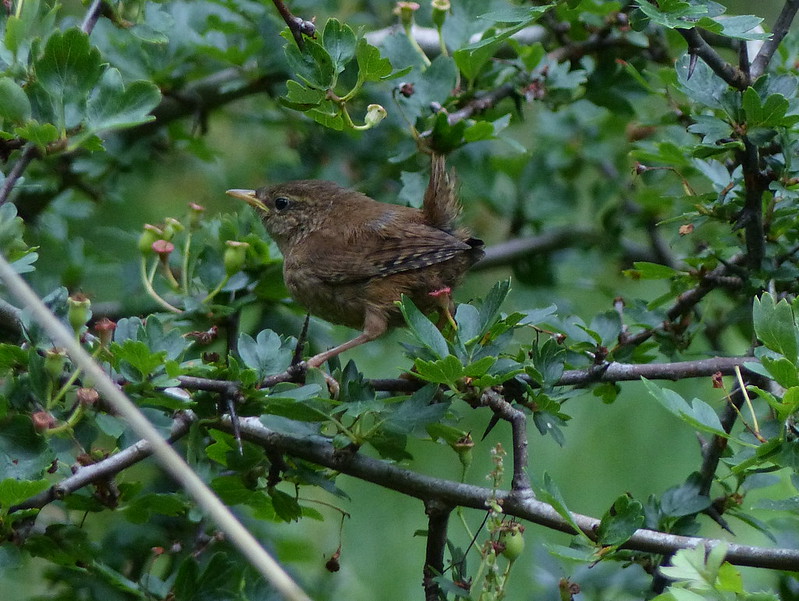
In amongst the trees, in the wet ground here, there were quite a few orchids. This one…
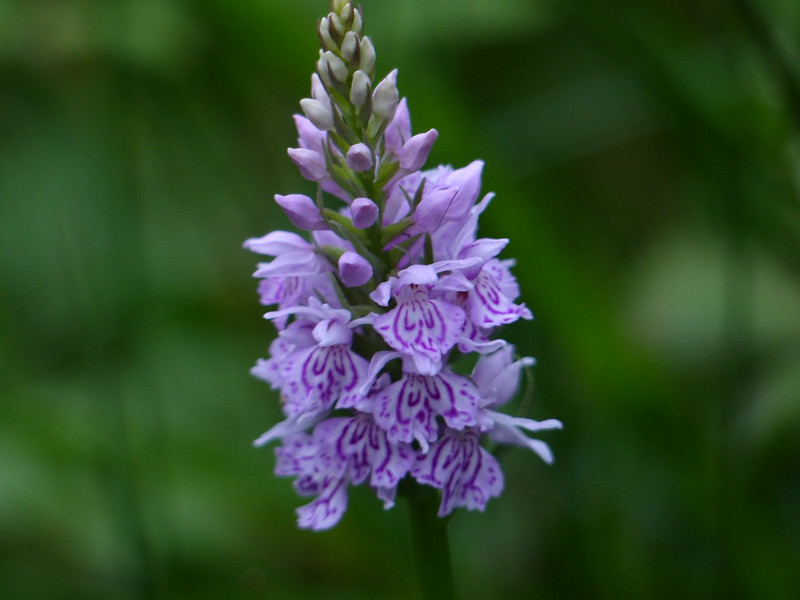
…with a single lower lip to the flower looks to me like Heath Spotted-orchid, but this one growing nearby…

…with the lower part of the flower more obviously divided into three is more like Common Spotted-orchid. Of course, just to add to the confusion, orchids are well known for hybridising.
The remainder of the walk was along the Wenning, although frustratingly it wasn’t always clearly in view, because of the trees growing on the bank, and beyond High Bentham it passed through a large, manicured and rather dispiriting caravan park.

I actually have two John Wright books on the go at the moment, I’ve also been dipping in to ‘Hedgerow: River Cottage Handbook Number 7’. Whilst the titles might sound similar, this book is more straightforwardly a book for prospective foragers. In it Wright opines that Sweet Cicely can be as dominant on roadside verges in the North as Cow Parsley is in the South. I must be looking in the wrong places, because I don’t find it very often. Some umbelliferae are poisonous, so I suppose caution should be exercised, but if the leaves smell of aniseed and the seeds are relatively large then you probably have Sweet Cicely.
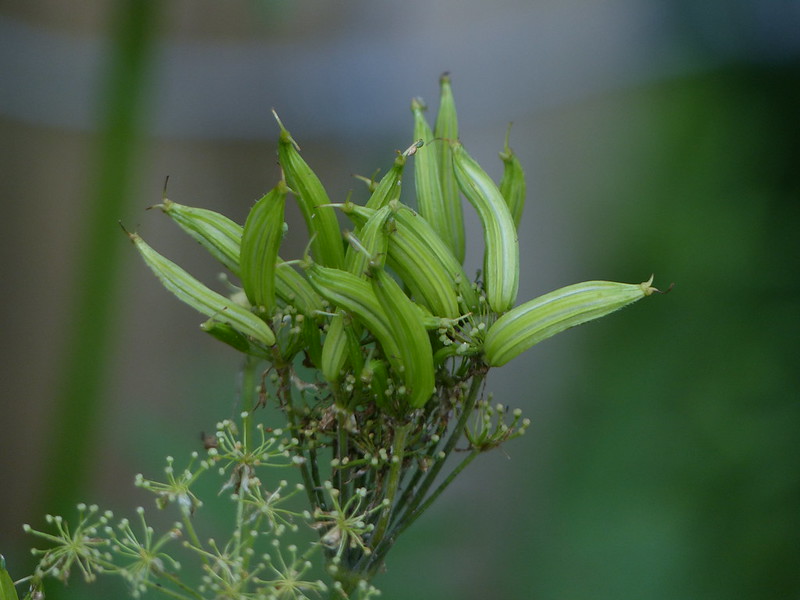
Sweet Cicely.
Sweet Cicely has traditionally been used, as the name implies, as a sweetener, with tart fruit like gooseberries and rhubarb and it genuinely is surprisingly sweet. I took one to chew on and then, when I’d finished, was very tempted to go back for more. I should probably issue the additional caution that my diet doesn’t include anything remotely sugary, so that most vegetables taste sweet to me, and that I really love aniseed. I’m attracted by the idea of adding some of these to steep in White Rum for a homemade pastis. (Wright is also the author of the River Cottage Handbook on Booze.)
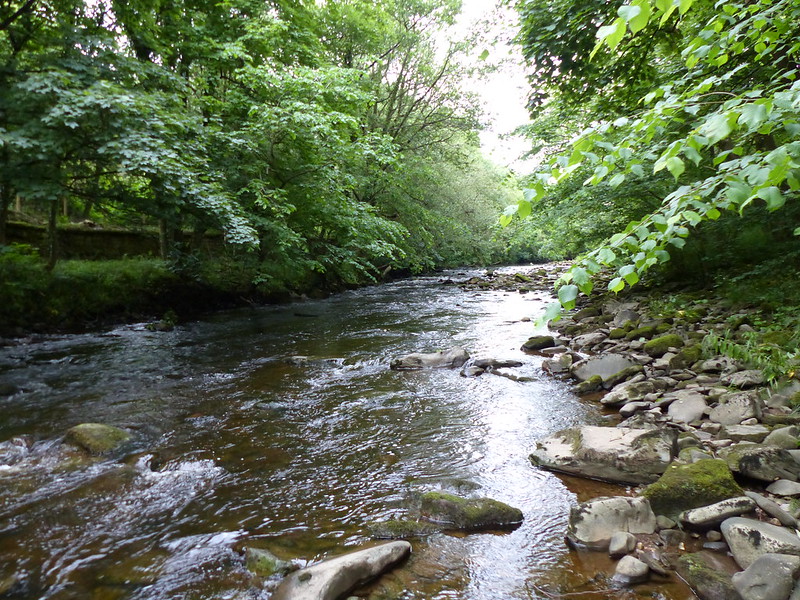
The Wenning.

Chimney Sweeper.
One of the things I like about ‘A Natural History of Hedgerows’ is the way it has got across to me the web of symbiotic relationships between plants, fungi and insects. I now know that the huge fungi we saw near Sizergh Castle are Britain’s largest fungi and that they only grow on Beech trees and that the Toothwort which I so obsessively seek out each year will only attack Hazel or Elm. Likewise, this tiny moth, which I remember seeing in great numbers last summer in Kentmere, feeds exclusively on Pignut (another forager’s favourite).
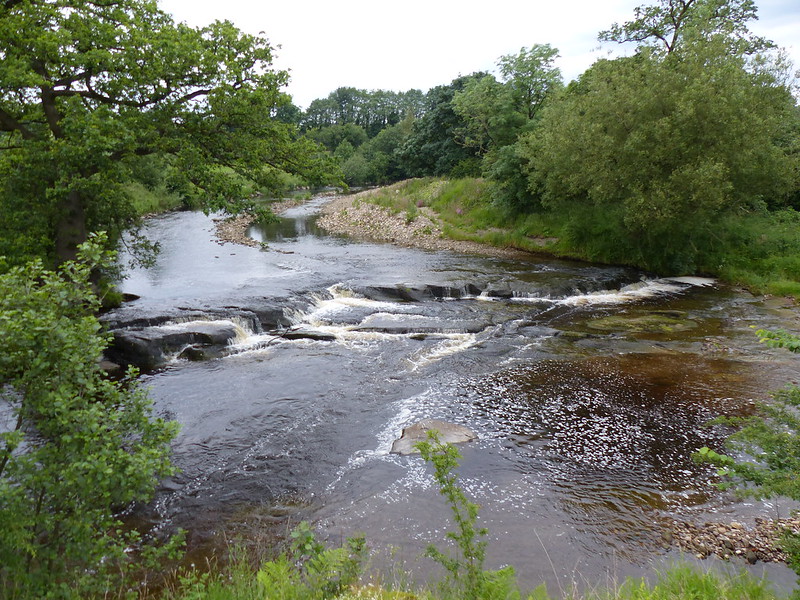
River Wenning.
I’ve been meaning to take a visit to the Great Stone ever since I was first given ‘Curious Lancashire Walks’, which was a while ago: it seems the ‘Lune Catchment’ project has given me new impetus and encouraged me to try pastures new rather then sticking exclusively to tried and tested favourites.
